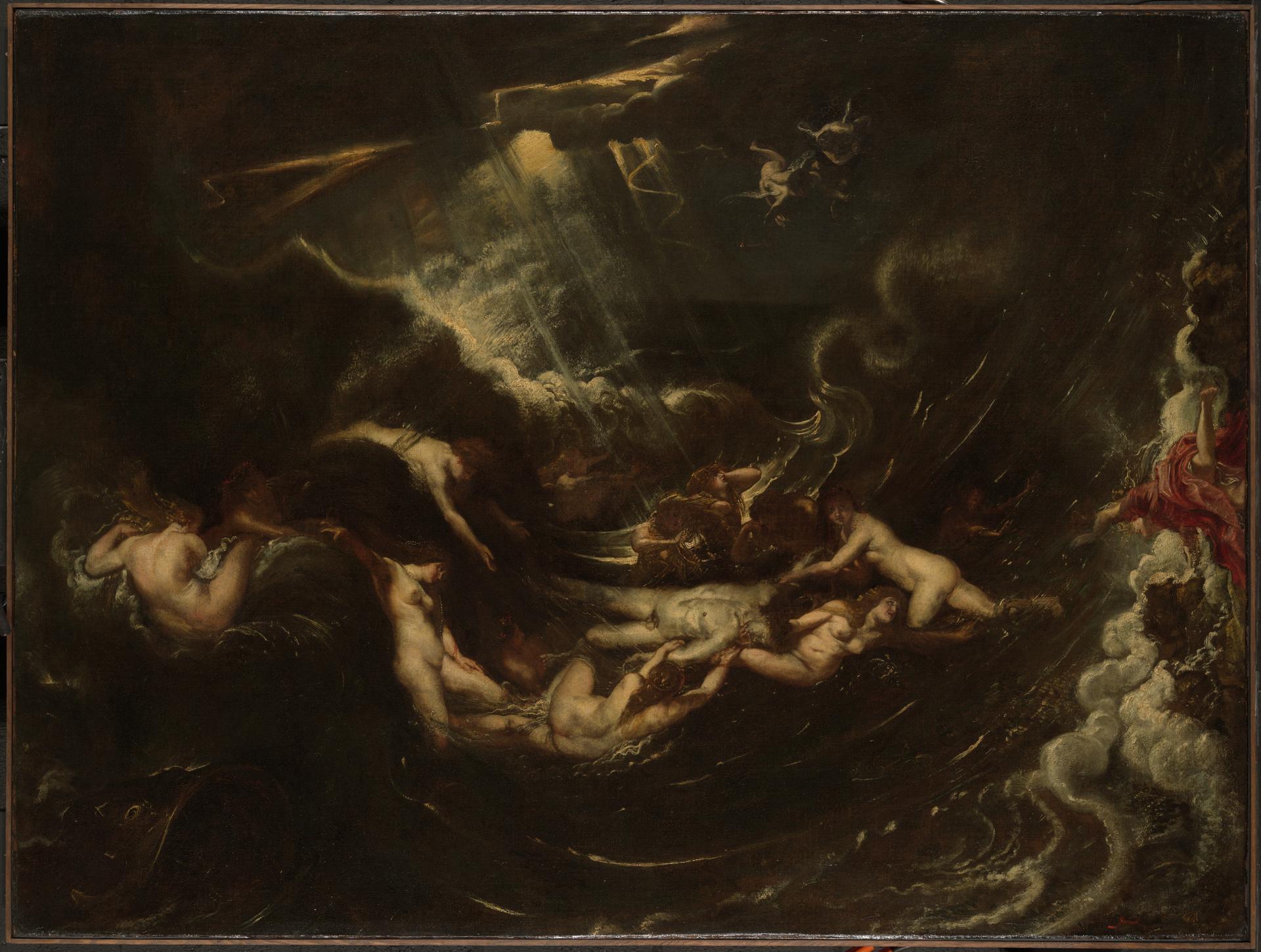YUAG hosts virtual “ekphrasis” seminar
The virtual talk was led by Alejandro Octavio Nodarse ’19 and Sara Petrilli-Jones ’17 LAW ’22 GRD ’24.

Courtesy of Yale University Art Gallery
At first glance, describing an image seems like a pretty simple task. But what about describing the poetic, gloomy, and perhaps even “barbarous” “Hero And Leander,” painted by Paul Rubens in 1604?
Alejandro Octavio Nodarse ’19 and Sara Petrilli-Jones ’17 LAW ’22 GRD ’24 offered an introduction to the art of “ekphrasis” — the practice of describing images using words — during a virtual talk featuring on “Hero and Leander” offered through the Yale University Art Gallery and sponsored by the Martin A. Ryerson Lectureship Fund. Drawing more than 60 participants from around the world — Nodarse and Petrilli-Jones themselves were tuning in from Rome and Pisa, respectively — specialists and novices alike were invited to acquaint themselves with the art of close looking and describing.
Nodarse and Petrilli-Jones first encountered “Hero and Leander” as many Yale students do: in-person, at the Yale University Art Gallery. Both were students of Professor Nicola Suthor’s course “Baroque Art in Rome,” and the pair is now working on a noticing project of even greater scale — translating Giambattista Marino’s literary museum, “The Gallery,” into readable English for scholars around the world.
Petrilli-Jones, whose specialty lies in the role of historiography of art and artistic canons in law, noted that the translation project and the “Hero and Leander” project is not directly affiliated with neither her nor Nodarse’s dissertations. Petrilli-Jones is pursuing a joint Ph.D. at Yale and is also a J.D. candidate at Yale Law School, whereas Nodarse is pursuing a Ph.D. in the History of Art and Architecture at Harvard University.
“[The projects] have inspired and continue to inform [our] dissertation work — the relationship between language restriction, lyric, art practice and poetic practice is important on a personal level” said Petrilli-Jones.
During the event, Nodarse and Petrilli-Jones presented both Marino’s poem on Rubens’ “Hero and Leander” alongside the painting itself, inviting the audience to notice details mentioned in the poem and also point out elements that were striking and share them through Zoom’s chat feature.
Nodarse encouraged “zooming out” from the canvas and observing the distant, calm horizon of the otherwise stormy piece, and partaking in other manipulations that altered the narrative of the work. Audience members noted differences in pigmentation, the texture of the sea — described as “woolen” — the composition and gendered nature of the piece and tension between the motion of the bodies and death scenes as particularly poignant.
Though viewing the piece over Zoom limited complete close looking — the piece is particularly dark, and some details were tricky to discern through a screen — viewing both the painting and poem simultaneously encouraged viewers to develop and change their own personal lenses of viewership. The act of describing a piece is honed skill, with Nicola Suthor occasionally offering an entire History of Art seminar devoted to the practice — last offered in the spring of 2022 by the title “Seeing, Describing, and Interpreting.”
Those interested in viewing “Hero and Leander” in-person can do so in the European Art collection of the Yale University Art Gallery.
More information on Nodarse and Petrilli-Jones’ translation project can be found at www.themarinoproject.com.







